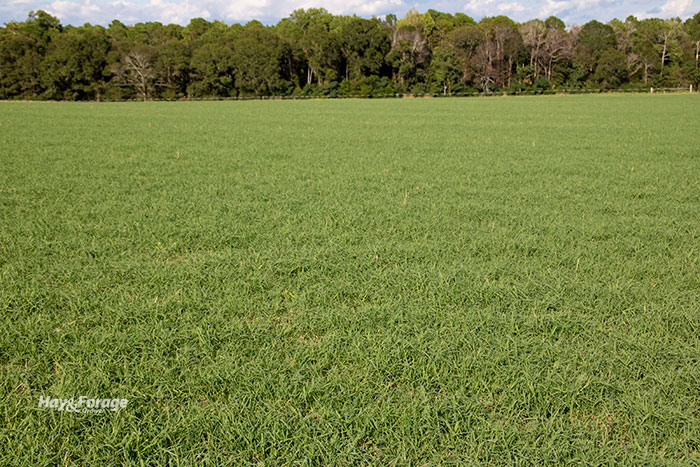Give warm-season perennials a head start |
| By Amber Friedrichsen, Associate Editor |
|
|
 Spring is a time for new life, including a new growing season for warm-season perennials such as bermudagrass and bahiagrass. To effectively transition cattle to grazing these grasses, consider practices that ensure pasture productivity throughout the season. Allowing cattle to graze at the first sign of forage can be detrimental to the growth and energy reserves of the grass. Overgrazing can weaken pastures and delay peak performance. “Consider a dormant bahiagrass pasture where hay has been fed all winter, then all of a sudden there is new growth,” says Marcello Wallau, University of Florida extension forage specialist. “Cows shift from eating hay and supplement to foraging on this new growth. Each time the leaf blades are tall enough, they are grazed. This process, over and over, sets back the pasture quite significantly,” he adds. Wallau says pastures will not show appreciable growth until the grass is able to grow faster than animals can graze it. Resting a pasture – letting it break dormancy and work up to consistent growth before cattle begin grazing – will lead to more available forage in the months ahead. In Florida, bahiagrass and bermudagrass are starting to green up. However, actual plant growth and forage production is not expected to be sufficient until late May and into June. “In the summer we can accumulate upward of 50 to 80 pounds of dry matter per acre per day,” Wallau notes. “In the spring, you may not be accumulating more than 10 to 15 pounds.” Excluding cattle from pastures until dry matter accumulation ramps up gives forages a chance to build strength and resiliency to last the entire season. In addition to this rest period, there are other things farmers can do to ensure pasture productivity. Applying fertilizer is also effective for spring transition, and different forages require different fertilization strategies. Wallau suggests conducting a soil test to understand the levels of primary nutrients and pH of a particular soil. This will ensure the optimum rates and forms of fertilizer are applied. Weed control also safeguards forage growth into the summer, but it is only effective if grazing management and soil fertility practices have first been implemented. “If we just control weeds but don’t give our pastures a chance to grow, it just encourages more weed encroachment to come and further decline,” Wallau says. “Those weeds more than likely started in the first place because the pasture was weak and in need of rest and nutrients.” There are many options for weed control depending on pasture type and weed species. Although residual herbicides can be more expensive, Wallau recommends considering their ability to limit future weed growth and reduce the need for multiple applications.  Amber Friedrichsen Amber Friedrichsen is serving as the 2021 Hay & Forage Grower editorial intern. She currently attends Iowa State University where she is majoring in agriculture and life sciences education-communications with a minor in agronomy. Friedrichsen grew up on her family’s diversified crop and livestock farm near Clinton, Iowa.
|
